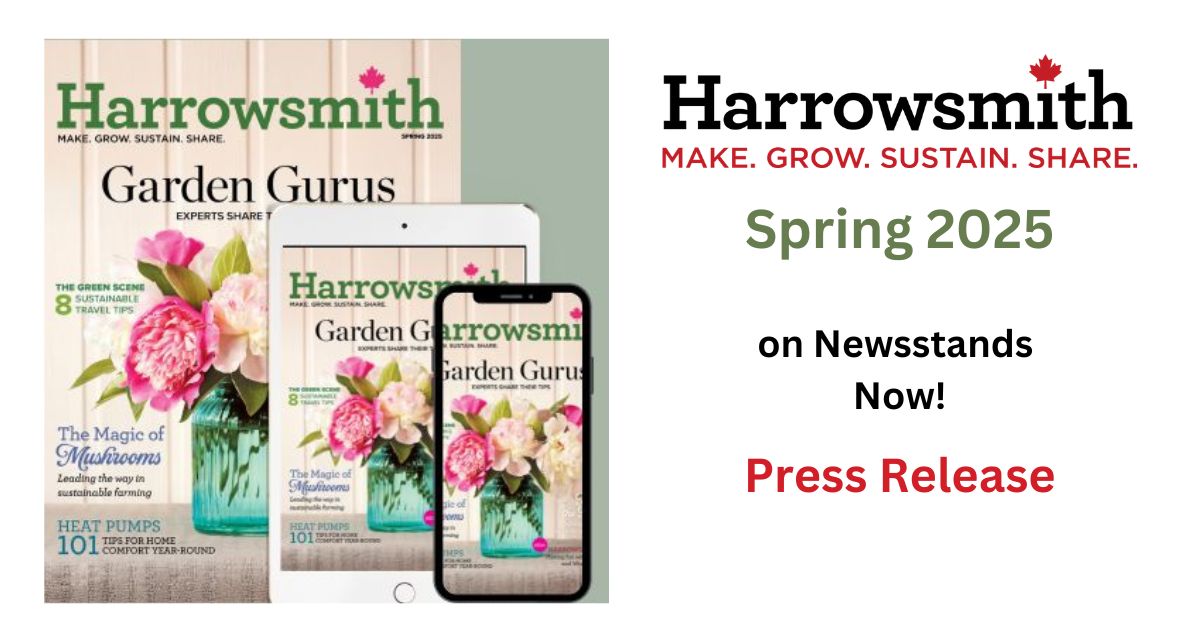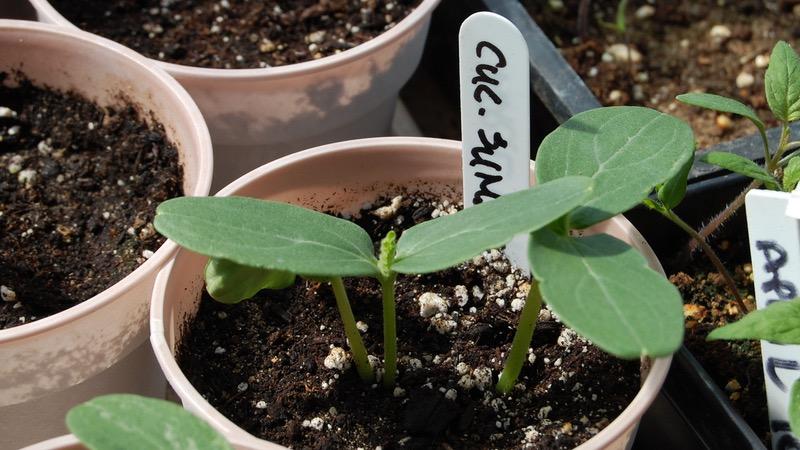Hey, rose growers! If someone told you that you could stop spraying, dispense with mounding up for winter and forget the worry about roses, while supporting made-in-Canada genius and know-how, would that finally convince you to try Canuck roses?
A Canadian rose is, by definition, an easy-care, disease-resistant rose, bred to withstand the ravages of a Canadian winter. It needs no spraying, or indeed much of anything except your rapt admiration.

And Canada has produced nearly 600 such roses over the past hundred years, courtesy of such hybridizers as Frank Skinner, Percy Wright, Isabella Preston, Robert Erskine and Georges Bugnet, not to mention Dr. Felicitas Svejda, creator of the Explorer roses (named for explorers like Henry Hudson and Martin Frobisher), and her Agriculture Canada colleagues from Manitoba, who developed the popular Parkland series (the Morden roses).
“I’d say 400 registered Canadian roses have already been lost.”
They’re not very old, but they’re heirlooms nonetheless, and like heritage seeds and little-known livestock breeds, Canadian roses are falling by the wayside. In fact, when the first-ever All-Canadian Rose Show was held in 2008, they were lucky to get 125 cultivars under one roof from 30 rose hybridizers

Show organizer Mark Disero, who grows 500 roses in Brant County, Ontario, was not surprised: “I’d say 400 registered Canadian roses have already been lost.” He singles out ‘Grace,’ a fine, yellow rose created in 1892 by William Saunders. “Until 1980, it was listed at the experimental farm in Ottawa and was the only place that had it,” Disero says, “but many of their rose fields have been ploughed under, so now, Grace no longer exists.”
Recreating the genetics of a lost variety is very difficult, if not impossible: Once it’s gone, it’s gone. “How do we develop new landscape roses for our climate, if we can’t learn from the past success of Canadian hybridizers?” asks Disero. “That is why saving the old cultivars is so important, so that modern hybridizers don’t have to reinvent the wheel.”

And many other roses are in the same situation. “Of the 10 or 15 roses bred by Isabella Preston, only one (‘Carmenetta’) can be found in commerce today,” says Disero. “Frank Skinner also bred extremely hardy, beautiful roses, like his 1950 introduction, ‘Suzanne.’ But his nursery is closed now. I bet within 20 years we’ll lose half the Skinner roses.”
Not all Canadian roses are disappearing. It’s still easy to find old standbys, like ‘Therese Bugnet,’ the most popular Canadian rose, and the early Explorer roses for which the patent has run out, like ‘John Cabot,’ ‘John Davis’ and ‘Champlain,’ at most garden centres. Others, however, like the Parkland series’ ‘Morden Amorette’ and ‘Morden Cardinette,’ are quite endangered. “I search far and wide, and can only find them in the U.S., Germany and Italy, if at all,” says Disero.

So, if they were so great, why were they lost? The answer is simple: because they were not very well marketed. To survive, roses need to be commercialized, not just kept in research stations. But, according to Disero, only American, British and European roses ever get promoted in this country. “It’s like Beachcombers syndrome: ‘If it’s Canadian, it’s not worth looking at!’” Disero wryly remarks, referring to Can-con TV.
As a result, Canadian roses are not well known in their home and native land. “They’re not trialled in Canada; they’re not taught in horticulture schools; they’re not used by landscape designers,” says Disero. “They’re pushed to the background at botanic gardens when they should be front and centre. I’d even say that Canadian gardeners are losing interest in roses generally because the roses marketed in Canada don’t grow well here.” No wonder they’re slipping by the wayside.

What can you do to help? Keen gardeners could raise awareness about Canadian roses by helping their local rose society put on an All-Canadian Rose Show of its own, or at least beef up the Canadian rose categories at local flower shows. And above all, even the casual grower should grow Canadian roses. Just be sure to purchase them from Canadian sources (see sidebar for suggestions from coast to coast), and encourage those nurseries that are maintaining them, against all odds. While you’re at it, beware seemingly Canadian roses that aren’t: Incredibly, ‘Oh Canada,’ ‘Celine Dion,’ ‘Canadian Centennial,’ ‘the City of Windsor,’ ‘The City of Welland’ and many more are merely American (or sometimes German) roses renamed for the Canadian market. Just check the hardiness zone: You can bet they’re not hardy in Edmonton.
So forget imported tender teas and all those chemical-dependent prima donnas that are just not cut out for the Canadian climate. Turn instead to our easy, stunningly beautiful shrub roses that are perfectly suited to an organic backyard anywhere this side of Zone 2. And act quickly, because if more people don’t start growing, showing and appreciating our hardy, disease-resistant, Canadian roses, they may soon disappear forever. After all, if we don’t save them, who will?
Bridgit likes cross-country dog walks, wild swimming and getting her kids outside in all forms of weather. Bridget holds a Master’s degree in creative writing from Concordia University and a Bachelor’s degree in literature from McGill. She was the longtime senior editor at Harrowsmith Country Life magazine and the founding editor of Harrowsmith’s Truly Canadian Almanac, then handled digital fundraising communications at McGill University's bilingual Faculty of Law and the Trans Canada Trail (now known as the Great Trail). Bridget currently leads the communications and marketing arm of ALUS Canada, A Weston Family Initiative, as Director of Communications. She is based on a few acres in southern Quebec.













